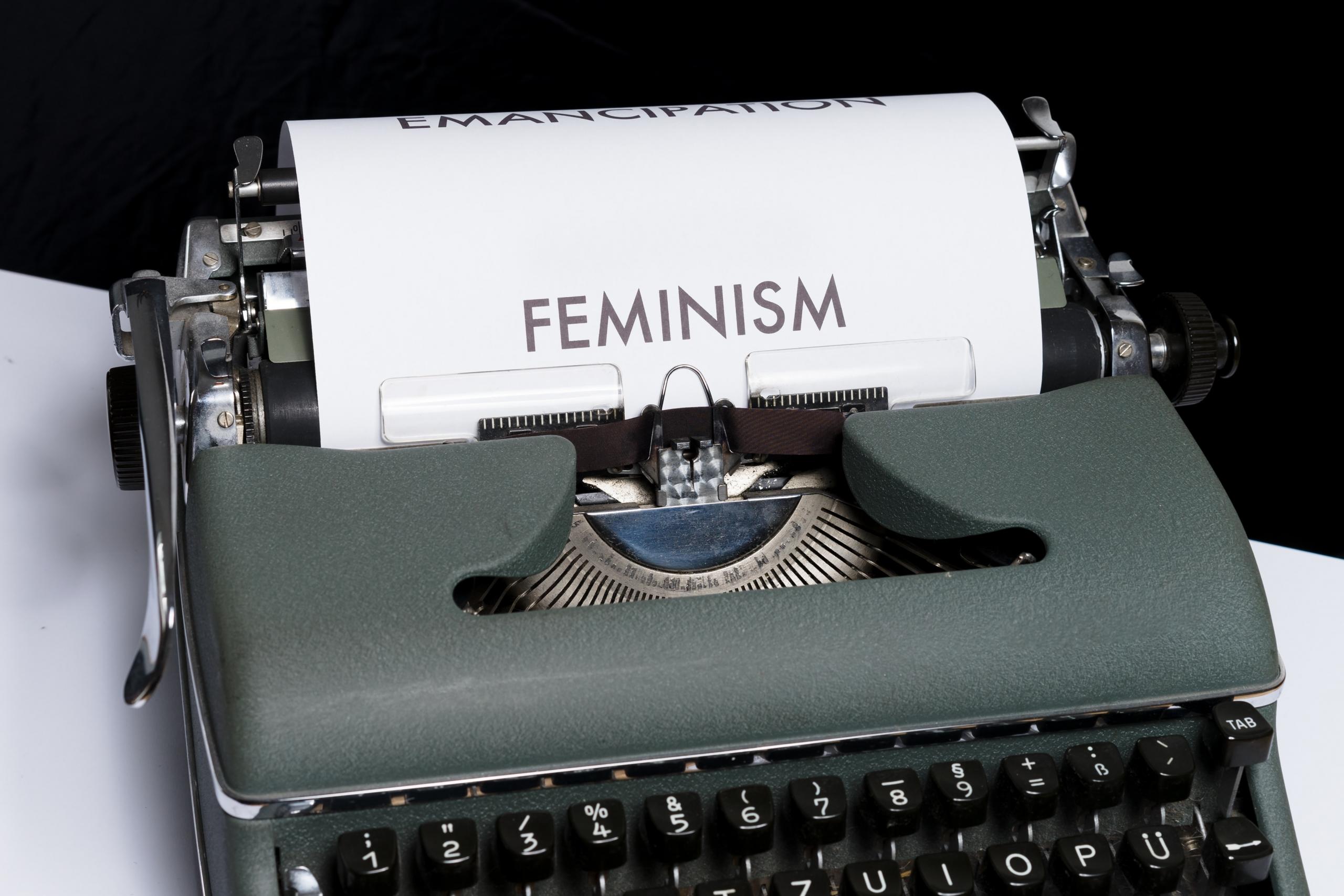Mary Wollstonecraft was an English writer and a passionate advocate of educational and social equality for women. She called for the betterment of women’s status through such political change as the radical reform of national educational systems. Focusing on such change, she concluded, would benefit all society.

Biography
Born in Spitalfields, London in 1759, she was the second of the seven children of Elizabeth Dixon and Edward John Wollstonecraft. Mary was born in prosperity, her father was a farmer but also a drunk that squandered the family money on speculative projects. The family became financially unstable and was forced to move constantly.
While her brother was receiving an extensive and formal education, Mary spent just a few years in a day school. This disparity bothered her, and she wondered why she was being denied opportunities just for being a girl. She resolved, to educate herself.
At nineteen years old, Mary was too unhappy with her home and family life and left to start a job as a lady's companion in Bath. She had to come back two years later to take care of her dying mother. After her mother passed, Wollstonecraft decided to open a small school with her sisters and her friend Fanny Blood. Unfortunately, this was a financial struggle.
Between 1784 and 1785 several events happened that influenced her life. In 1784, she befriended Richard Price, a fellow of the Royal Society and a committed advocate of political reform. Through this friendship, she discovered a forum for debate among this group of enlightened thinkers, grasping the opportunity to shape her own ideas. In 1785, her best friend Blood died, which devastated Mary, this gave her inspiration for her first novel, Mary: A Fiction (1788).
After her friend passed away, Wollstonecraft accepted a job as a governess, which made her dislike the fashionable feminity of her employers. After a year, she was fired and returned to London, where she found a new purpose as an author.
There, the radical publisher Joseph Johnson agreed to publish her first book, Thoughts on the Education of Daughters (1787). To sustain herself as a writer she learned French and German and worked on translations, notes, reviews and contributed to the Analytical Review magazine. In this environment, Wollstonecraft met and shared ideas with radical thinkers of that time, including Thomas Paine, Anna Barbauld and William Godwin.
After the French Revolution, an event that Wollstonecraft observed closely, a more equal society seemed within reach, this is the change Mary's longed for and inspired to write Vindication of the Rights of Men (1790) in response to the conservative tract that condemned the social revolution Reflections on the Revolution in France (1790) written by Edmund Burke. Her response made her famous overnight. For Wollstonecraft, the French Revolution was an inspiration for change, so much so that she pursued her ideas outlined in Rights of Men and this allowed her to write her mature work on women's place in society A Vindication of the Rights of Women (1792), which calls for women and men to be educated equally.

In 1794, Wollstonecraft and the American adventurer Gilbert Imlay became lovers and had a child out of marriage. This relationship was short and devastating for Mary because despite trying to apply her ideas and put them to the test in this relationship, it proved a failure when Imlay left her after being unsatisfied with the domestic and maternal Wollstonecraft.
She then returned to London to work again for Johnson and joined the influential radical group was again that still included William Godwin, Thomas Paine, Thomas Holcroft, William Blake and William Wordsworth.
In 1796 she began a liaison with Godwin, which became a passionate love affair. She became pregnant and they married shortly after. Unfortunately, Mary died 11 days after the birth of her second daughter in 1797.
After her death, William Godwin his Memoirs of the Author of A Vindication of the Rights of Woman, where he tried to portray her with love, compassion, and sincerity. However, readers were shocked that he would reveal so many private aspects of Mary's life, like her illegitimate child and her suicide attempts. This affected her reputation for a while, but it did not discourage women to read her and feminists to be inspired by her work.
Major works and publications
The following works and publications marked the evolution and thought of Mary Wollstonecraft.
-
Thoughts on the Education of Daughters (1787)
This book shows how important it was for Wollstonecraft to advocate for education in children, but especially for women, which was a controversial topic. This book is just the beginning of how Wollstonecraft will later write and shape her mature works and publications related to education and women.
-
Original Stories from Real Life (1788)
This children's book is also related to the importance of teaching children to reason revealing the influence of the seventeenth-century philosopher John Locke. This text also advocates for the education of women.
-
Vindication of the Rights of Men (1790)
As mentioned earlier, this text was a response to Edmund Burke and a direct attack on aristocracy and advocated republicanism. It is the text that made her famous for her political stance and her first feminist work.
-
A Vindication of the Rights of Woman (1792)
This work is one of the trailblazing works of feminism in Western culture. In this book, Mary argues that the educational system of her time deliberately trained women to be frivolous and incapable to stand for themselves. She posited that an educational system that allowed girls the same advantages as boys would result in women who would be not only exceptional wives and mothers but also capable workers in many professions. Other early feminists had made similar pleas for improved education for women, but Wollstonecraft’s work was unique in suggesting that the betterment of women’s status be effected through such political change as the radical reform of national educational systems. Such change, she concluded, would benefit all society.
-
Letters Written in Sweden, Norway and Denmark (1796)
These 25 letters cover a wide range of topics and are deeply personal and narrate the travels of Mary while following Imlay. They are considered to be a great sociological reflection of Scandinavian people and philosophical introspection on the self and society.
A legacy beyond the feminist movement

Wollstonecraft had a difficult reputation after Godwin published his memoirs, nevertheless, her work Right of Women did inspire several authors and novels from the 19th century, such as Jane Austen with Pride and Prejudice, even if she never directly quoted Mary Wollstonecraft.
Most importantly, she inspired the women's and feminist movement of the further generations from the 19th century who fought for their right to vote and access to higher education, such as universities.
Wollstonecraft influenced the feminist movement from its beginning in the nineteenth century and the twentieth century, not only to have greater access to education but mostly to give women a political voice, which will allow them to participate in public life also in the feminist jurisprudence and its development in topics such as reproductive rights, education, and work.
Today, Wollstonecraft is widely recognized as a principal architect in the fight for sexual equality. Her work is still published and read around the world. It is undeniable that it has strongly shaped the history of feminism, especially in western countries.
The ebbs and flows of Wollstonecraft’s reputation are inextricably tied to society’s wider view of women’s rights. Her rehabilitation has been championed by some of the most pre-eminent feminists of the 20th Century, including suffragist leader Millicent Fawcett and writer Virginia Woolf among them. By the time the bicentenary edition of Rights of Woman was published, Mary was an established feminist icon. Today, she remains an enduring symbol of the ongoing fight against misogyny and sexual injustice.















